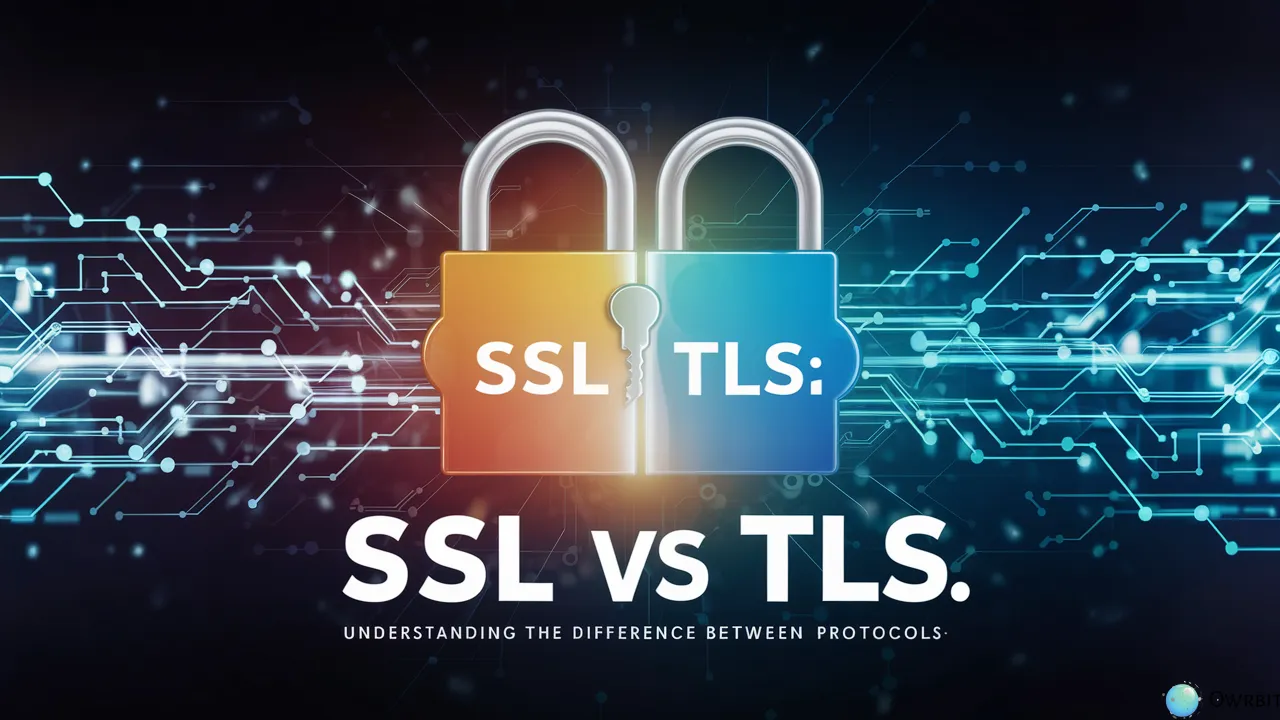Keeping your online data safe is more important than ever. As we move through 2025, two terms often come up when talking about internet security: SSL vs TLS. These are both encryption protocols that protect your information when you browse websites, shop online, or send private messages.
You’ve probably heard of SSL (Secure Sockets Layer). It was the first major way to secure online data and was introduced in the 1990s. But today, SSL is outdated. It’s been replaced by a better and more secure version called TLS (Transport Layer Security). Even though many people still say “SSL” when they talk about secure websites, the truth is that most modern websites now use TLS.
So, what’s the difference between SSL and TLS? Simply put, TLS is the newer, safer, and more reliable version. It fixes many of the security problems that SSL had and is the standard encryption method used today. Still, understanding the difference between SSL and TLS is important for anyone who owns a website or cares about online safety.
In this easy-to-follow guide by Owrbit, we’ll break down SSL vs TLS in simple terms. You’ll learn how these protocols work, why TLS is better than SSL, and why upgrading to TLS is a smart move in 2025. As cyber threats become more advanced, knowing the difference between SSL and TLS can help protect your website, your business, and your personal information.
Let’s dive into the world of SSL vs TLS and understand the key differences that matter in today’s internet. This guide will help you feel more confident about your online security and make smarter choices when it comes to encryption and safety.
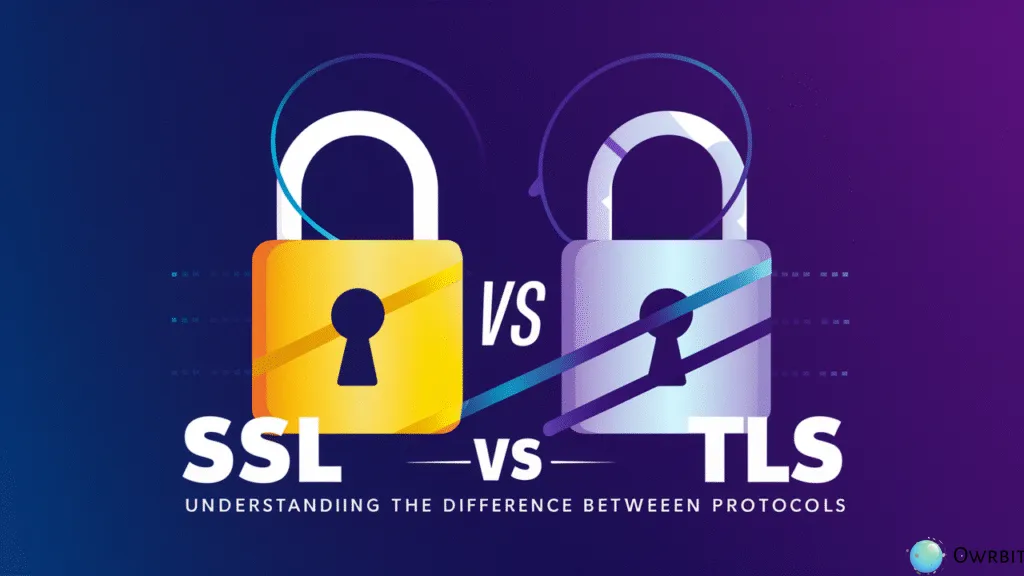
What is SSL?
SSL stands for Secure Sockets Layer. It was the first widely used protocol developed to secure data as it travels between your web browser and a website. SSL works by encrypting the information exchanged, which means it turns your data into a secret code that hackers can’t easily read or steal.
SSL was created in the mid-1990s and became the foundation for secure online communication—like when you enter your passwords, credit card details, or other personal information on a website.

You can usually tell a site is secure (or uses SSL/TLS) if:
- The URL starts with https:// (the “s” stands for secure)
- You see a padlock icon in the browser’s address bar
But here’s the thing…
While SSL helped shape online security, it’s now considered outdated and unsafe. Several flaws were found in older SSL versions, making them vulnerable to cyberattacks. That’s why SSL has been replaced by TLS (Transport Layer Security) — a newer and more secure version of the same idea.
Still, people often say “SSL” even when they’re really using TLS — kind of like how people say “Google it” even if they use a different search engine.
What is TLS?
TLS stands for Transport Layer Security. It’s the modern, more secure version of SSL. TLS was introduced in 1999 as an upgrade to SSL and has become the standard encryption protocol used to protect data on the internet today.
Just like SSL, TLS encrypts the data shared between your browser and a website, making sure no one can read or steal your information while it’s being transmitted — especially important for online banking, shopping, login pages, and contact forms.
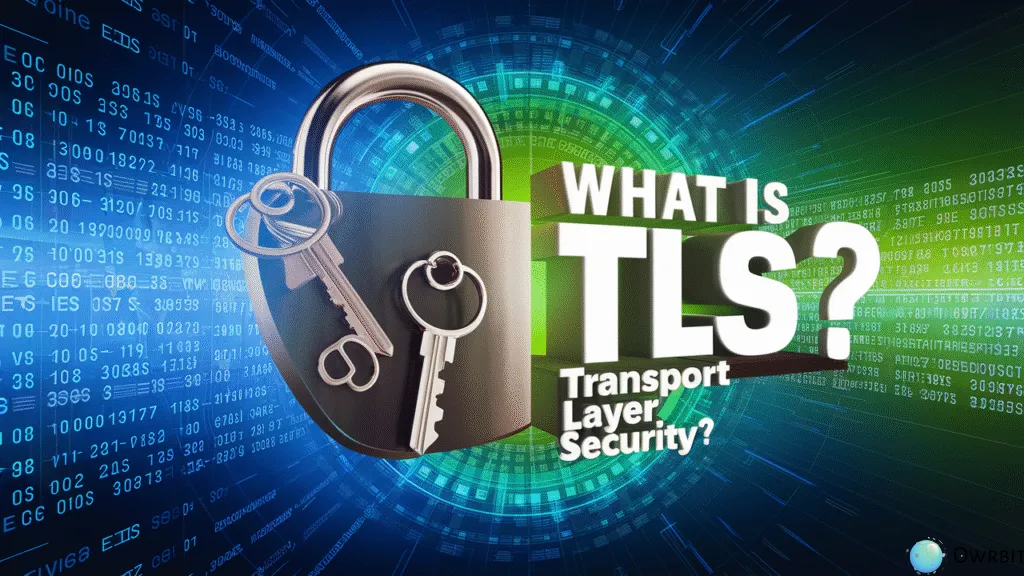
Why TLS is Better Than SSL :
Here’s why TLS is the preferred choice now:
- 🔒 Stronger encryption: TLS uses better algorithms to keep data safe.
- ⚙️ Improved performance: TLS connections are faster and more efficient than SSL.
- 🚫 Fixes SSL vulnerabilities: TLS addresses the security flaws that made SSL unsafe.
- ✅ Ongoing updates: TLS is regularly updated to stay ahead of modern cyber threats.
Fun Fact:
Even when people say “SSL certificate,” what they actually mean is a TLS certificate. It’s just that the term “SSL” stuck around, even though real SSL is no longer in use.
📜 History of SSL vs TLS :
To truly understand the difference between SSL and TLS, it helps to look at how they both came to be. Let’s take a quick trip through time:
The SSL vs TLS history shows us how online security has evolved. While SSL started it all, TLS is now the standard. Understanding the difference between SSL and TLS helps you stay protected in a world where cyber threats are always changing.
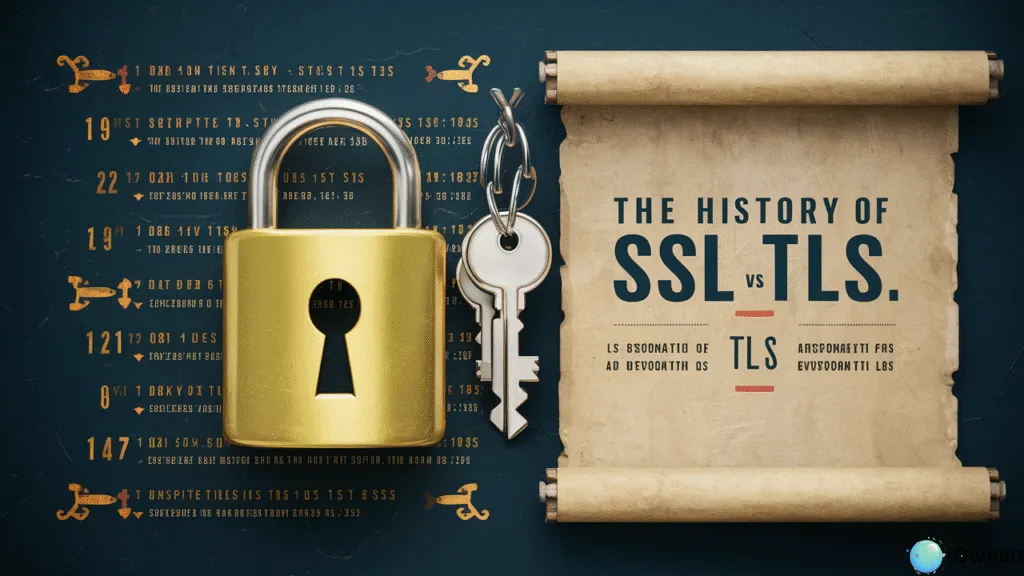
🔹 SSL: The Beginning of Web Security
- 1995 – SSL 2.0: The first widely adopted version of SSL was released by Netscape to protect internet data. SSL 1.0 existed but was never publicly released due to serious security flaws.
- 1996 – SSL 3.0: A major improvement over SSL 2.0, fixing many bugs and weaknesses. This version set the stage for what would become TLS.
- 🔐 However, over time, SSL (even 3.0) was found to have critical security issues. As hackers got smarter, SSL could no longer keep up.
🔹 TLS: The Safer Successor
- 1999 – TLS 1.0: The Internet Engineering Task Force (IETF) introduced TLS as the successor to SSL. While based on SSL 3.0, TLS included stronger encryption and better security practices.
- 2008 – TLS 1.2: This version brought major improvements and became the most commonly used protocol for over a decade.
- 2018 – TLS 1.3: The latest version, designed for modern web needs. It’s faster, simpler, and much more secure — removing outdated algorithms and reducing handshake time.
Over time, all SSL versions were found to be unsafe. Major browsers stopped supporting them. Today, when people talk about SSL, they often mean TLS, even though they are different. This confusion is why knowing the difference between SSL and TLS is so important in 2025.
🔑 Key Differences Between SSL vs TLS
Now that you know the history, let’s look at the key differences between SSL vs TLS. While both are encryption protocols designed to secure online communication, TLS is more advanced and secure.
Here’s a simple breakdown of the difference between SSL vs TLS:
Checkout How Get A Free SSL Certificate? Why Your Website Needs SSL? 2024
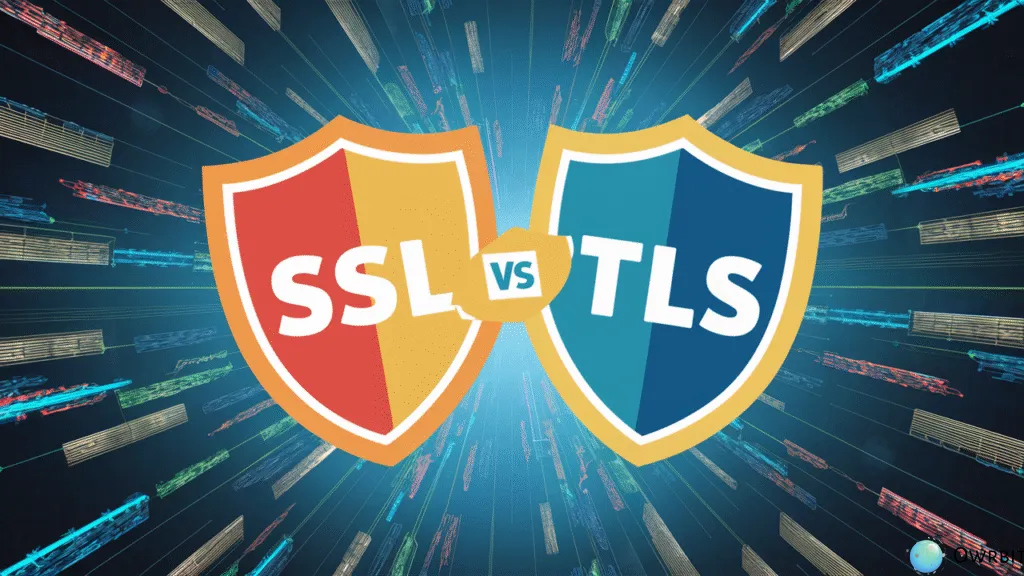
| Feature | SSL | TLS |
|---|---|---|
| Full Form | Secure Sockets Layer | Transport Layer Security |
| Release Year | 1995 (SSL 2.0), 1996 (SSL 3.0) | 1999 (TLS 1.0), latest is TLS 1.3 (2018) |
| Security Level | Outdated and vulnerable | Strong and up-to-date |
| Support in Browsers | Deprecated and unsupported | Fully supported by all modern browsers |
| Handshake Process | Less secure, slower | Faster, with better encryption algorithms |
| Performance | Slower connection | Faster and more efficient |
| Use of Cipher Suites | Older, less secure ciphers | Modern, secure cipher suites |
| Backward Compatibility | Sometimes supported | Can support older versions if necessary |
The SSL vs TLS comparison clearly shows that TLS is the better and safer option in 2025. Whether you’re running a blog, an e-commerce site, or any kind of online platform, switching to TLS is essential. Ignoring the difference between SSL and TLS can put your website and your visitors’ data at serious risk.
🔐 Importance of Using TLS in 2025 :
Understanding the difference between SSL vs TLS is crucial in 2025. While many people still say “SSL,” TLS is the protocol that actually keeps your website safe today. Here’s why TLS is so important:
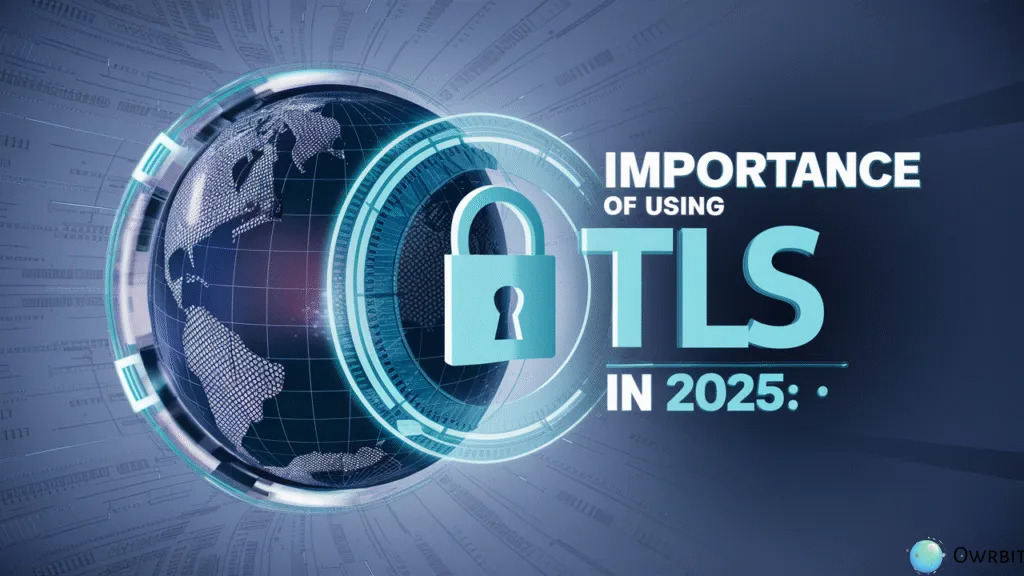
- Stronger Security
- TLS uses modern encryption algorithms that are far more secure than SSL.
- In the battle of SSL vs TLS, TLS wins by offering protection against today’s cyber threats.
- Trusted by All Modern Browsers
- Popular browsers like Chrome, Firefox, and Safari have dropped support for SSL.
- Sites not using TLS show security warnings, which can drive visitors away.
- Boosts SEO Performance
- Google and other search engines give preference to HTTPS (powered by TLS) websites.
- Knowing the difference between SSL and TLS can help you rank better.
- Faster Loading Times
- TLS 1.3 offers faster and smoother connections compared to SSL.
- Faster websites improve user experience and reduce bounce rates.
- Required for Compliance
- TLS helps your site stay compliant with laws like GDPR, HIPAA, and PCI-DSS.
- Using SSL may lead to legal or regulatory issues.
- Builds Visitor Trust
- Seeing a secure padlock (HTTPS via TLS) makes users feel safe.
- Trust leads to more conversions, sales, and engagement.
- SSL is Outdated and Risky
- All versions of SSL are now considered insecure and are no longer supported.
- Understanding the SSL vs TLS difference helps you avoid outdated technology.
- Protects All Data Transfers
- Whether it’s login info, payment details, or contact forms, TLS encrypts it all.
- Knowing the difference between SSL and TLS ensures you’re not leaving data exposed.
- Future-Proof Your Website
- TLS is constantly updated, while SSL has been discontinued.
- Choosing TLS today prepares your site for the evolving internet of tomorrow.
By now, it’s clear that the SSL vs TLS debate is settled — TLS is the only smart choice in 2025. Understanding the difference between SSL and TLS helps you stay secure, compliant, and competitive.
⚠️ Why SSL is No Longer Recommended :
Although SSL was once the standard for secure online communication, it’s now considered outdated and insecure. If you’re serious about protecting your website and visitors, understanding the difference between SSL and TLS is crucial in 2025.
Here’s why SSL is no longer recommended:
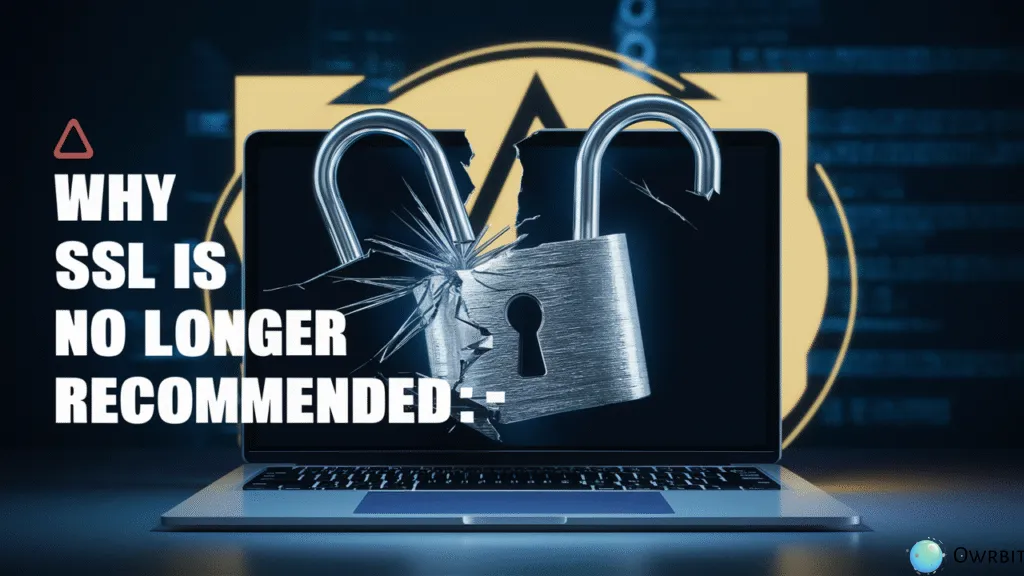
- SSL Has Known Security Vulnerabilities
- Hackers have found ways to break SSL encryption.
- Attacks like POODLE and BEAST have proven SSL to be unsafe.
- In the debate of SSL vs TLS, TLS clearly offers stronger protection.
- SSL is Deprecated by Major Organizations
- The Internet Engineering Task Force (IETF) officially deprecated SSL years ago.
- Modern web standards only support TLS, not SSL.
- This is a key difference between SSL and TLS.
- No Support in Modern Browsers
- Browsers like Chrome, Firefox, Edge, and Safari have removed support for SSL.
- Visiting an SSL-only site now shows “Not Secure” warnings, scaring users away.
- No Updates or Maintenance
- SSL is no longer being improved or patched.
- TLS, on the other hand, is actively maintained with new versions like TLS 1.3.
- This is a major difference between SSL and TLS in long-term reliability.
- Using SSL Hurts SEO and Site Trust
- Search engines prefer secure TLS-based HTTPS.
- Using SSL can hurt your rankings and reduce trust in your website.
- TLS is Already Replacing SSL Everywhere
- When people say “SSL Certificate,” they’re really using TLS certificates.
- This shows how the SSL vs TLS shift has already happened across the internet.
- SSL Breaks Compliance Standards
- Many compliance frameworks (PCI-DSS, HIPAA, GDPR) require TLS.
- Using SSL may result in fines or legal issues, especially for data-heavy websites.
- TLS is Backward-Compatible and Better
- TLS can still work with older systems if needed, but does so safely.
- This highlights another important difference between SSL and TLS — TLS is flexible and secure.
The SSL vs TLS comparison makes one thing clear: SSL is outdated, unsupported, and unsafe. Understanding the difference between SSL and TLS helps you avoid serious risks and ensures you’re using the right technology for secure web communication in 2025.
🔍 How to Identify if Your Site Uses SSL or TLS
Still unsure whether your website is using SSL or TLS? Don’t worry — it’s easy to check. Knowing this is important because understanding the difference between SSL and TLS helps you protect your visitors and stay updated with modern security practices.
Here’s how to find out:
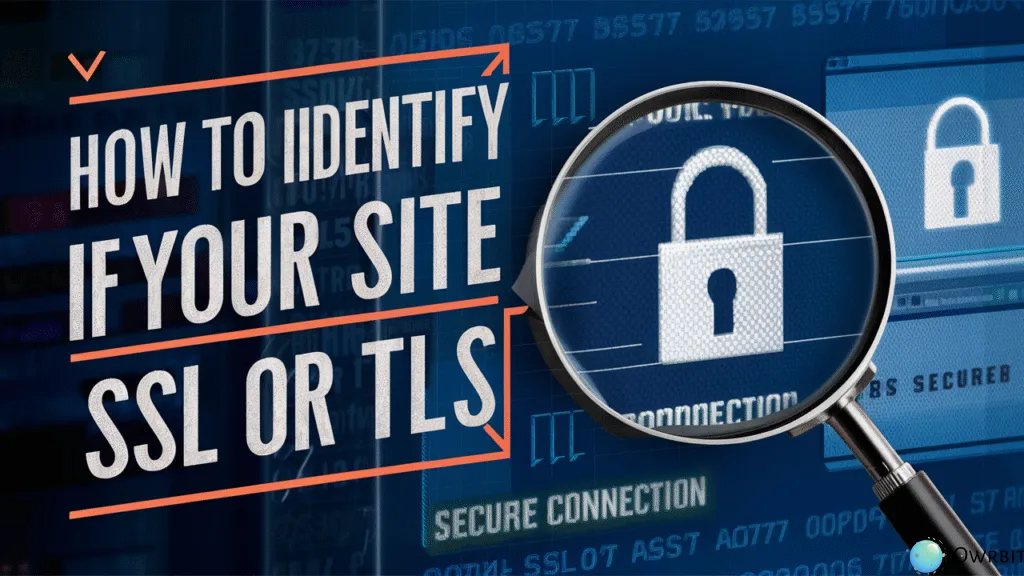
- Check the URL in the Browser
- Open your website in a browser (like Chrome or Firefox).
- If it shows https:// instead of http://, your site is using a secure connection.
- However, https could mean either SSL or TLS, so this is just the first step in the SSL vs TLS check.
- Click the Padlock Icon
- Click the padlock icon next to your site’s URL.
- Then, click “Connection is secure” or “Certificate is valid.”
- View certificate details — under “Details” or “More Information,” look for TLS version, such as TLS 1.2 or TLS 1.3.
- This is where you confirm the difference between SSL and TLS — if it says TLS, your site is up to date.
- Use Online SSL/TLS Checker Tools
- Try free tools like:
- These tools give full details of your certificate and show whether you’re using SSL or TLS.
- They also help spot security issues or misconfigurations related to SSL vs TLS.
- Check Server Configuration
- If you manage your own server (e.g., Apache, Nginx, cPanel), check your SSL/TLS settings.
- Look in config files or control panels to confirm which protocol versions are enabled.
- Enabling only TLS 1.2 or TLS 1.3 and disabling all SSL versions is recommended.
- This is a key part of applying the difference between SSL and TLS in practice.
- Ask Your Hosting Provider
- If you’re unsure, contact your web host or support team.
- Ask them: “Is my site using TLS or an outdated SSL version?”
- Reputable hosts now use only TLS, especially in 2025. It’s another sign of how the SSL vs TLS shift is complete.
❌ Common Misconceptions About SSL vs TLS
Many people confuse SSL and TLS or misunderstand how these protocols work. Knowing the difference between SSL and TLS helps clear up these common myths and keeps your website secure in 2025.
Here are some common misconceptions about SSL vs TLS:
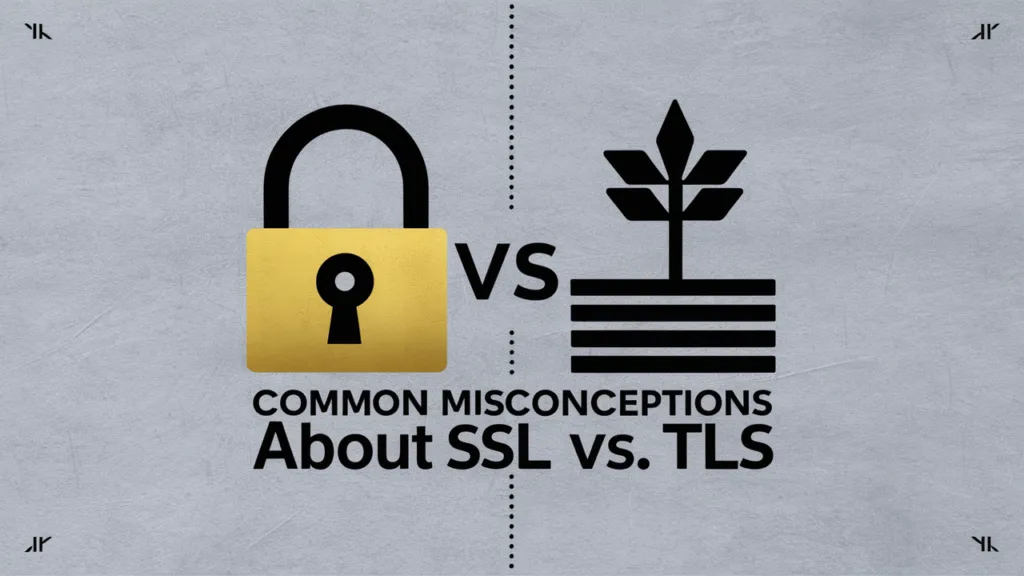
- “SSL and TLS Are the Same Thing”
- While they both secure data, SSL is the older protocol replaced by TLS.
- The key difference between SSL vs TLS is that TLS is more secure and modern.
- Saying “SSL” often actually means TLS in everyday use.
- “If My Site Has SSL, It’s Fully Secure”
- Having an SSL certificate doesn’t always mean strong security.
- Older SSL versions have vulnerabilities.
- The real security comes from using TLS, the updated protocol in SSL vs TLS.
- “TLS Is Only for Big Companies”
- TLS is important for every website, big or small.
- Whether you run a blog or an online store, the difference between SSL and TLS affects your site’s protection.
- “SSL Certificates Are Different from TLS Certificates”
- Most certificates labeled “SSL certificates” today actually support TLS.
- The certificate terminology hasn’t fully caught up with the SSL vs TLS reality.
- “HTTPS Means SSL Only”
- HTTPS uses TLS for encryption, not SSL.
- This is a crucial part of understanding the difference between SSL and TLS.
- “Upgrading from SSL to TLS Is Difficult”
- Upgrading is usually simple — most hosting providers offer easy ways to enable TLS.
- Knowing the difference between SSL and TLS helps you avoid confusion during upgrades.
- “TLS Slows Down My Website”
- Modern TLS versions actually improve speed and performance compared to SSL.
- In the SSL vs TLS debate, TLS wins on speed too.
- “If My Site Doesn’t Show HTTPS, It’s Using SSL”
- If your site doesn’t show HTTPS, it’s likely not using SSL or TLS at all.
- Understanding the difference between SSL and TLS is part of ensuring your site has proper security.
Clear up these myths and focus on the real difference between SSL and TLS to keep your site safe and trusted. In 2025, knowing the facts about SSL vs TLS is more important than ever.
Conclusion: The Necessity of TLS in Modern Web Security
As we’ve seen throughout this guide, understanding the difference between SSL and TLS is really important for keeping your website and online data safe. The debate of SSL vs TLS is not just about technical terms—it’s about using the best and most secure technology available today.
The main difference between SSL and TLS is that TLS is newer, stronger, and much more reliable than SSL. Even though people still say “SSL” when they really mean TLS, knowing the actual difference between SSL and TLS helps you make smart choices for your website’s security.
In 2025, using SSL alone is no longer enough. The internet has moved on, and TLS is now the modern standard. The SSL vs TLS discussion clearly shows that TLS is what protects your data from hackers and keeps your visitors safe.
Choosing TLS means you are future-proofing your website’s security. The difference between SSL and TLS means better encryption, faster connections, and compliance with security rules that matter today.
If you want a secure website, understanding the difference between SSL and TLS is a must. The SSL vs TLS debate teaches us that TLS should be the default for everyone, from small blogs to big businesses.
So, remember: the difference between SSL and TLS is more than just a name. It’s about protecting your site, your visitors, and your online reputation. When it comes to SSL vs TLS, always choose TLS—it’s the safer, smarter, and necessary choice in modern web security.
Checkout How Get A Free SSL Certificate? Why Your Website Needs SSL? 2024
Discover more from Owrbit
Subscribe to get the latest posts sent to your email.



